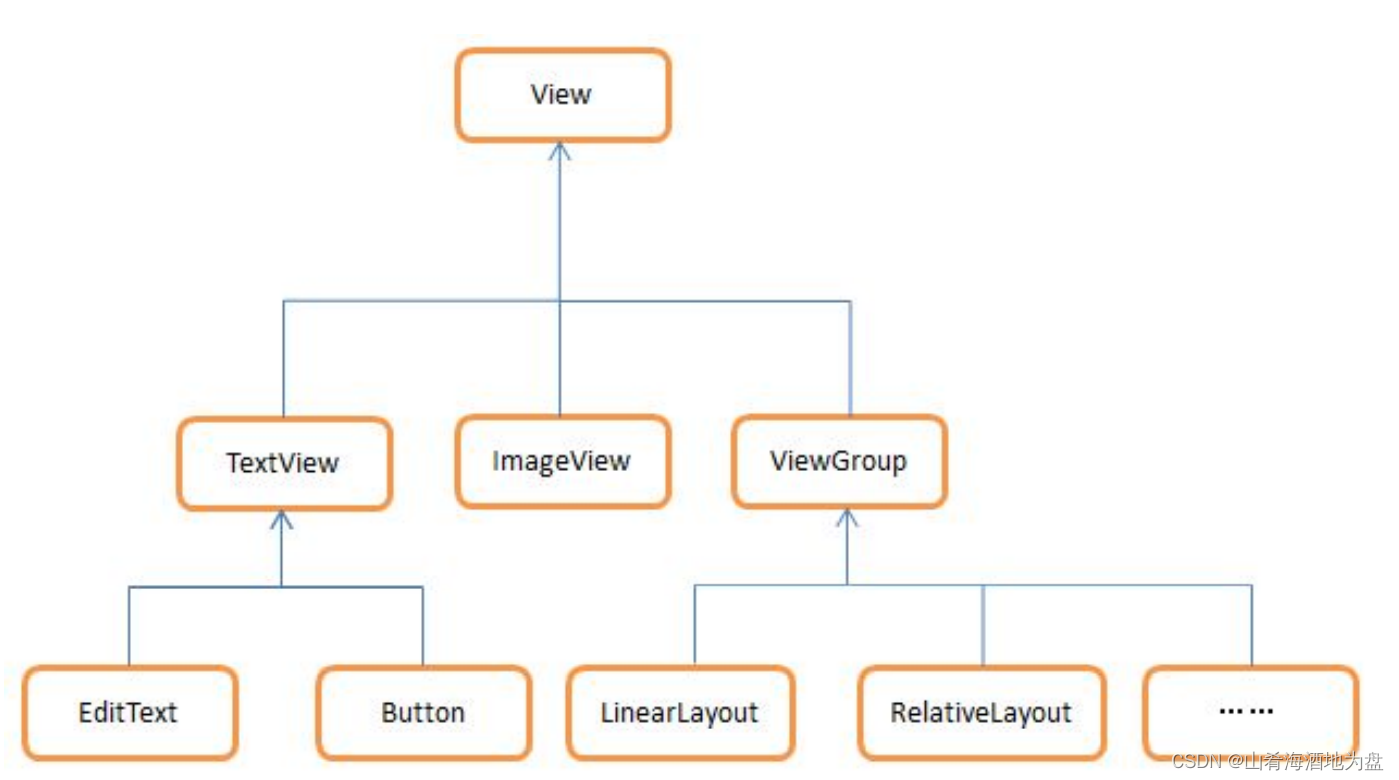
一、引入布局
XML:
<include layout="@layout/title" />
JAVA:
//requestWindowFeature(Window.FEATURE_NO_TITLE); // 在 MainActivity 中隐藏系统自带的标题栏
ActionBar actionBar = getSupportActionBar();
if(actionBar != null) {
actionBar.hide();
}
二、创建自定义控件
JAVA:
// 新建 TitleLayout 继承自 LinearLayout,让它成为自定义的标题栏控件
public class TitleLayout extends LinearLayout {
//重写了 LinearLayout 中的带有两个参数的构造函数,在布局中引入 TitleLayout控件就会调用这个构造函数。
public TitleLayout(Context context, AttributeSet attrs) {
super(context, attrs);
LayoutInflater.from(context).inflate(R.layout.title, this);
}
}
public class TitleLayout extends LinearLayout {
public TitleLayout(Context context, AttributeSet attrs) {
super(context, attrs);
LayoutInflater.from(context).inflate(R.layout.title, this);
Button titleBack = (Button) findViewById(R.id.title_back);
Button titleEdit = (Button) findViewById(R.id.title_edit);
titleBack.setOnClickListener(new OnClickListener() {
@Override
public void onClick(View v) {
((Activity) getContext()).finish();
}
});
titleEdit.setOnClickListener(new OnClickListener() {
@Override
public void onClick(View v) {
Toast.makeText(getContext(), "You clicked Edit button", Toast.LENGTH_SHORT).show();
}
});
}
}
XML:
<LinearLayout xmlns:android="http://schemas.android.com/apk/res/android"
android:layout_width="match_parent"
android:layout_height="match_parent" >
<com.example.uicustomviews.TitleLayout
android:layout_width="match_parent"
android:layout_height="wrap_content"></com.example.uicustomviews.TitleLayout>
</LinearLayout>
《第一行代码–Android》第四章UI的读书笔记。4-4创建自定义控件






















 1万+
1万+











 被折叠的 条评论
为什么被折叠?
被折叠的 条评论
为什么被折叠?








